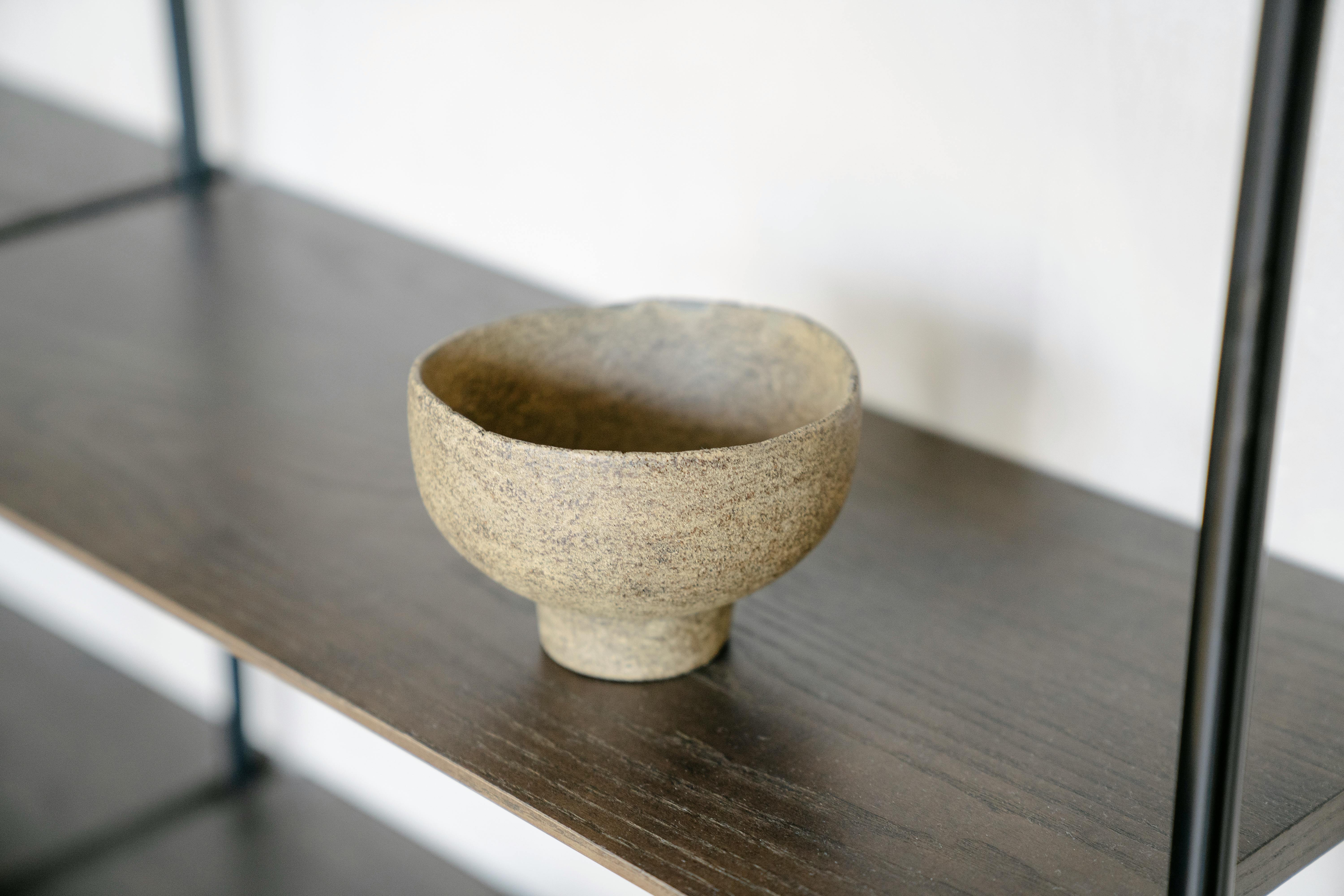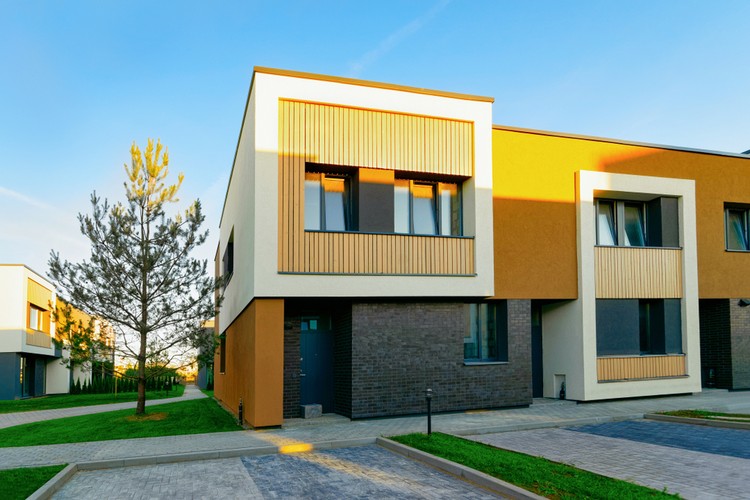Reviving Rustic Charm: Embracing the Wabi-Sabi Aesthetic in Modern Homes
Introduction: As our lives become increasingly digital, there's a certain appeal to the imperfect, transient, and incomplete. This is the essence of Wabi-Sabi, a traditional Japanese aesthetic philosophy that is making its mark on modern homes worldwide. This article delves into this unique design trend, its historical context, and how it can add a touch of serene simplicity to your living spaces.

A Deep Dive into Wabi-Sabi: The Beauty of Imperfection
Wabi-Sabi, as a concept, holds its roots in Zen Buddhism. It appreciates the beauty in imperfection, the natural cycle of growth and decay, and the authentic, unpretentious simplicity. This philosophy started gaining global attention in the 15th century and is now making a comeback in the realm of home design. Modern homeowners are increasingly drawn to the warmth and organic charm of Wabi-Sabi, as it offers a refreshing escape from the polished, mass-produced design trends of the digital age.
The Wabi-Sabi Aesthetic: Key Elements and Principles
The Wabi-Sabi aesthetic is characterized by asymmetry, roughness, simplicity, and modesty. It embraces natural materials, organic shapes, and earthy colors, celebrating the charm of the worn and weathered. Essential elements include handmade items, natural fabrics, and ceramics with visible imperfections, all of which contribute to a serene and harmonious living space.
The Rise of Wabi-Sabi in Modern Homes: A Design Revelation
In the age of minimalism, Wabi-Sabi offers a fresh perspective. It’s not about having less; it’s about appreciating more. Modern homes embracing this design philosophy revel in its tranquility and authenticity. Whether it’s a roughly hewn wooden table or a faded ceramic vase, these pieces hold stories, adding depth and personality to homes.
Practicality and Market Trends: Wabi-Sabi in Daily Living
The Wabi-Sabi aesthetic is not only beautiful but also practical. It encourages homeowners to make mindful choices, favoring quality over quantity, and longevity over fleeting trends. According to interior design experts, the popularity of Wabi-Sabi aligns with the growing interest in mindful living, creating a market for authentic, artisanal home decor items.
Making Wabi-Sabi Work: Simple Techniques and Tips
Embracing the Wabi-Sabi aesthetic doesn’t require a complete home makeover. It’s about incorporating simple changes that reflect the philosophy’s essence. Start by decluttering your space and choosing decor elements that resonate with you on a personal level. Opt for natural materials like wood and stone, and don’t shy away from items with a little wear and tear – their imperfections add character!
In conclusion, the Wabi-Sabi aesthetic offers a refreshing perspective on home design, promoting a sense of tranquility, authenticity, and mindful living. As we navigate this digital age, perhaps it’s time to embrace the beauty of imperfection and bring a touch of Wabi-Sabi into our homes.



